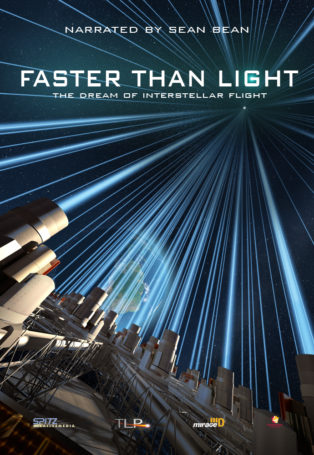
Faster Than Light: The Dream of Interstellar Flight
Faster Than Light, the Fulldome Show: From atomic spaceships to the Alcubierre drive: explore the technology that may one day take us to the stars.

Awards
Description
The impulse to strike out into the unknown, to see what’s over the horizon… is as old as humanity. Today, a whole new horizon beckons. Scientists now believe that our galaxy is filled with solar systems, including up to 9 billion Sun-like stars with planets similar to Earth.
Astronomers are racing to find habitable worlds, including any that might exist in the neighborhood of our Sun. But if we find one, how will we ever get there? How long will it take? What rocket designs might one day conquer the voids of space?
“Faster Than Light: the Dream of Interstellar Flight” will dazzle audiences with virtual rides aboard spacecraft of the future. They are based on whole new technologies designed to achieve ultra-high speeds, using exotic next generation rocket fuels and breakthrough concepts in physics. How far can our technology take us?
A fulldome show for planetariums and digital dome theatres.










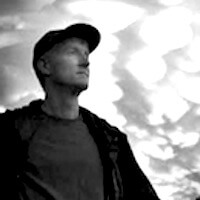
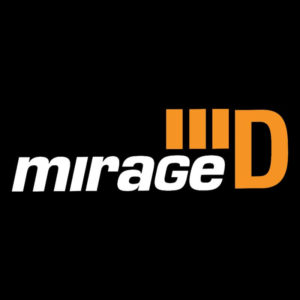
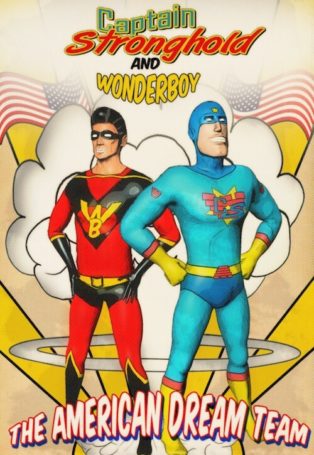
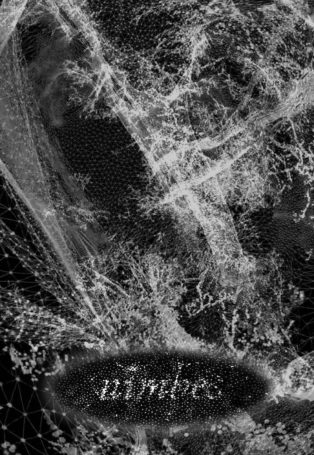
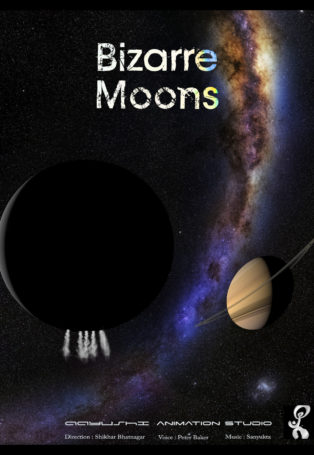


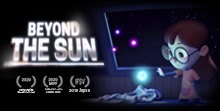


Reaching the stars has been a dream of mankind since time immemorial. Spitz Creative Media, Mirage 3D and Thomas Lucas Production bring this subject to the dome in an impressive 24-minute show. The show invites the audience to reach for the seemingly impossible while still being anchored in the laws of science. This focus on a classic theme of science fiction combined with a science-based discussion of what concepts may actually take unmanned human probes and spacecraft to the stars makes the show unique. It is at the same time highly entertaining and informative. The audience is encouraged to dream and in the end finds itself at least considering whether some of the concepts described may plausibly be realized in the foreseeable future. Given the content, the most misleading part of the show may be its main title. Almost the entire show, with the exception of the speculation on Warp drive in the last five minutes, which is gratifyingly and clearly labelled as science fiction, is explicitly not about faster than light travel. This grounding in what we know to be possible, distinguishing science and science fiction, actually is an – in the view of this reviewer – outstanding feature of the show. Choosing a title that negates this seems slightly strange and may be a bow to audience expectations that are then – gently and successfully – corrected within the show: The take-away message is that also within the framework of today’s science, dreams are possible. Visually, the show is highly professional and stylistically coherent. Especially the scenes involving spacecraft and space stations are (almost always) very well done, while the alien landscapes are nicely executed but not uniquely innovative. Darkening the back part of the image is a well-applied feature to reduce cross reflection while remaining fully immersive and taking full advantage of the fulldome medium. Obviously, this makes the show suited for unidirectional theaters only. Well-known actor Sean Bean does a good job as a narrator of a (mostly) science-based show. To German ears, his style of narration may be on the verge of being overblown, but he very well conveys a sense of wonder. This nicely reinforces the optimistic mood and emotional impact of the show: You are permitted and should dare to dream, and – as long as you do not leave the realm of the science – just possibly your dreams will one day become a reality. In summary, this recommended production combines science and emotion, realism and dreams. It addresses a topic that has gained timeliness through the recent discovery of Earth-size planets orbiting nearby stars. Film review by Susanne Hüttemeister, Bochum Planetarium 12th FullDome Festival, May 25, 2018